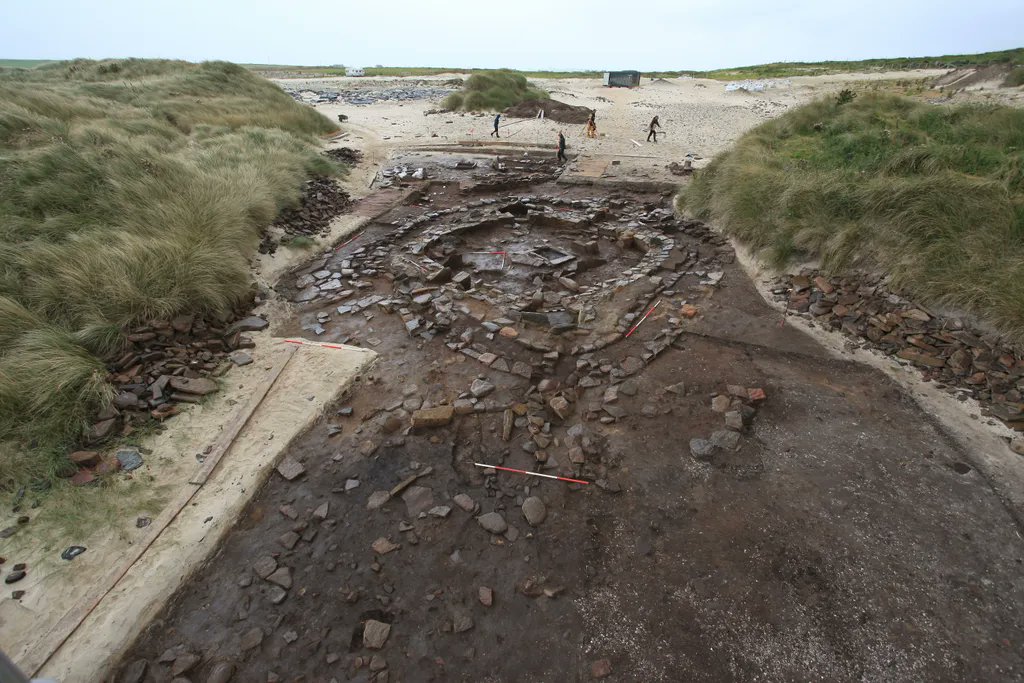
A ruin inside a ruin!
The ruin of St Mary's Church in Reculver, Kent, is itself inside the ruin of a Roman fort called Regulbium (the surrounding area of mown grass) #RomanFortThursday
📷 by Geoff soper / CC BY-SA 4.0
The ruin of St Mary's Church in Reculver, Kent, is itself inside the ruin of a Roman fort called Regulbium (the surrounding area of mown grass) #RomanFortThursday
📷 by Geoff soper / CC BY-SA 4.0

Here's an image from 1781, showing the intact church and part of the Roman wall (bordering its grounds in the bottom left). 

He had visited the site to take some photos to help illustrate someone else's article being published in Antiquity.
🔗 (£) doi.org/10.1017/S00035…
📷: Another of his snaps.
🔗 (£) doi.org/10.1017/S00035…
📷: Another of his snaps.

Alas, having the editor travel around the country to take photos for your article is not a service we offer anymore.
• • •
Missing some Tweet in this thread? You can try to
force a refresh




















